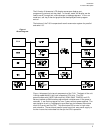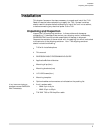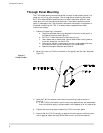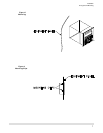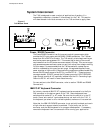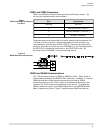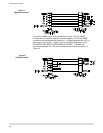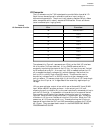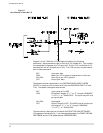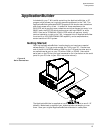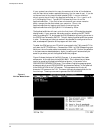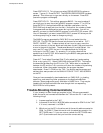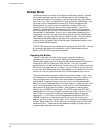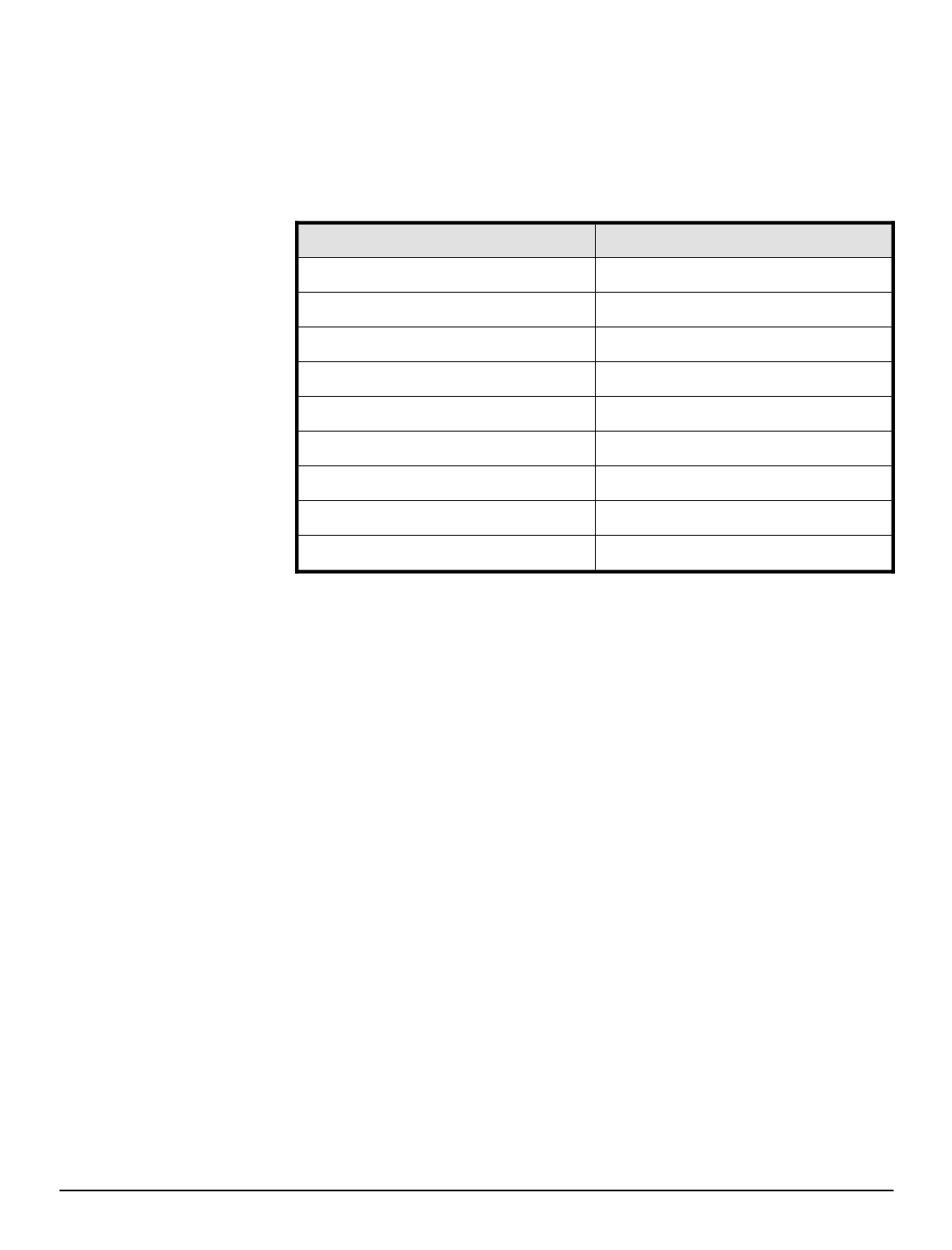
I/O Connector
The I/O connector on the T-60 is designed to provide 8 bits of parallel I/O.
Each line can be configured in software to perform input, output, or
bidirectional operations. The pin-out is an industry standard 20 pin ribbon
cable, compatible with industry standard PB-8 boards. Pinout as follows
(even numbered pins - logic ground):
The schematic in Figure 9 represents one I/O bit on the 8-bit I/O interface.
All of the other 7 bits are identical. U1 is a CMOS receiver which is
constantly monitoring the status of the I/O line. Its input is current limited
by R2 and pulled up by R1. A current limit (R2) is needed to allow the I/O
pin to exceed the supply voltage of U1 without damage. Notice that the
pull-up (R1) is a fairly high value (22K ohms). This allows the user to
connect any voltage from 5 to 30VDC to the pin without damage to the
pull-up resistor. U1 senses a logic high (1) on the I/O pin at 3.2 V and a logic
low (0) on the I/O pin at 1.4 V regardless of the externally applied pull-up
voltage.
U2 is an open collector output driver which can withstand 30 V and 30 MA
load. When a BASIC program writes a 1 to the output port, U2 is off,
allowing the pull-up resistor (R1) or the user’s externally connected pull-up to
pull the I/O line high. It is possible in this condition for an external device
like a switch to pull the line low thereby allowing the input U1 to sense a
logic low. When a BASIC program writes a 1 to the output port, the output
transistor in U2 turns on, thereby driving the I/O line low. When the T-60
powers up, all I/O lines are driven to a 1, thereby allowing the I/O pins to
operate as inputs.Use the OUT and INP commands to program the T-60’s 8
bit I/O port. They are described in detail in the EMERSON EMC BASIC
PROGRAMMING GUIDE.
Pin: Function:
19 +5V DC OUT*
17 I/O 0
15 I/O 1
13 I/O 2
11 I/O 3
9 I/O 4
8 I/O 5
5 I/O 6
3 I/O 7
Table 2
I/O Connector Pin-Out
Installation
System Interconnect
11



